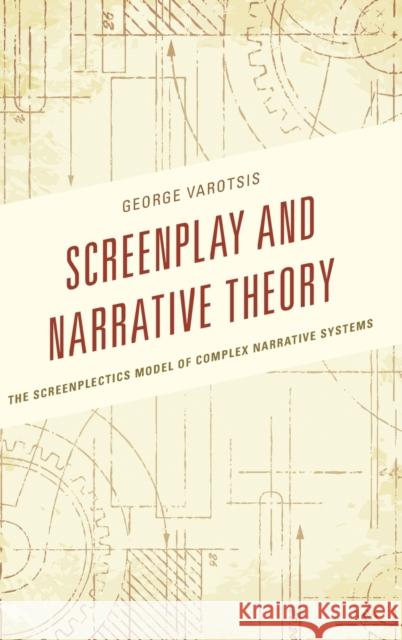Screenplay and Narrative Theory: The Screenplectics Model of Complex Narrative Systems » książka
Screenplay and Narrative Theory: The Screenplectics Model of Complex Narrative Systems
ISBN-13: 9781498504416 / Angielski / Twarda / 2015 / 150 str.
Screenplay and Narrative Theory: The Screenplectics Model of Complex Narrative Systems
ISBN-13: 9781498504416 / Angielski / Twarda / 2015 / 150 str.
(netto: 431,32 VAT: 5%)
Najniższa cena z 30 dni: 413,60 zł
ok. 30 dni roboczych.
Darmowa dostawa!
Screenplay and Narrative Theory draws attention to the notion that in order to comprehend complex narrative dynamics, which are encountered in a great variety of narrative genres, forms, and formats, a more comprehensive theory of narrative is required. George Varotsis explains how a work of narrative functions synergistically and systemically, as well as elucidates the heuristic problem-solving mechanisms that are employed in various structural levels of thought processes, which allow the coherent accumulative derivative we call a story to emerge. The transition from an empirical to theoretical perspective is achieved by introducing characteristics of complex narrative systems: a network of narrative components, i.e. characters, structure, goals, motivations, theme, plot and subplots, narrative action, etc., which are arranged hierarchically over three fundamental levels of structure, i.e. deep, intermediate, and surface structure, that interact parallel to one another in non-linear ways. Varotsis tackles questions about how stories semantically emerge in the underlying dynamics that allow a work of narrative to function as a unified whole.











